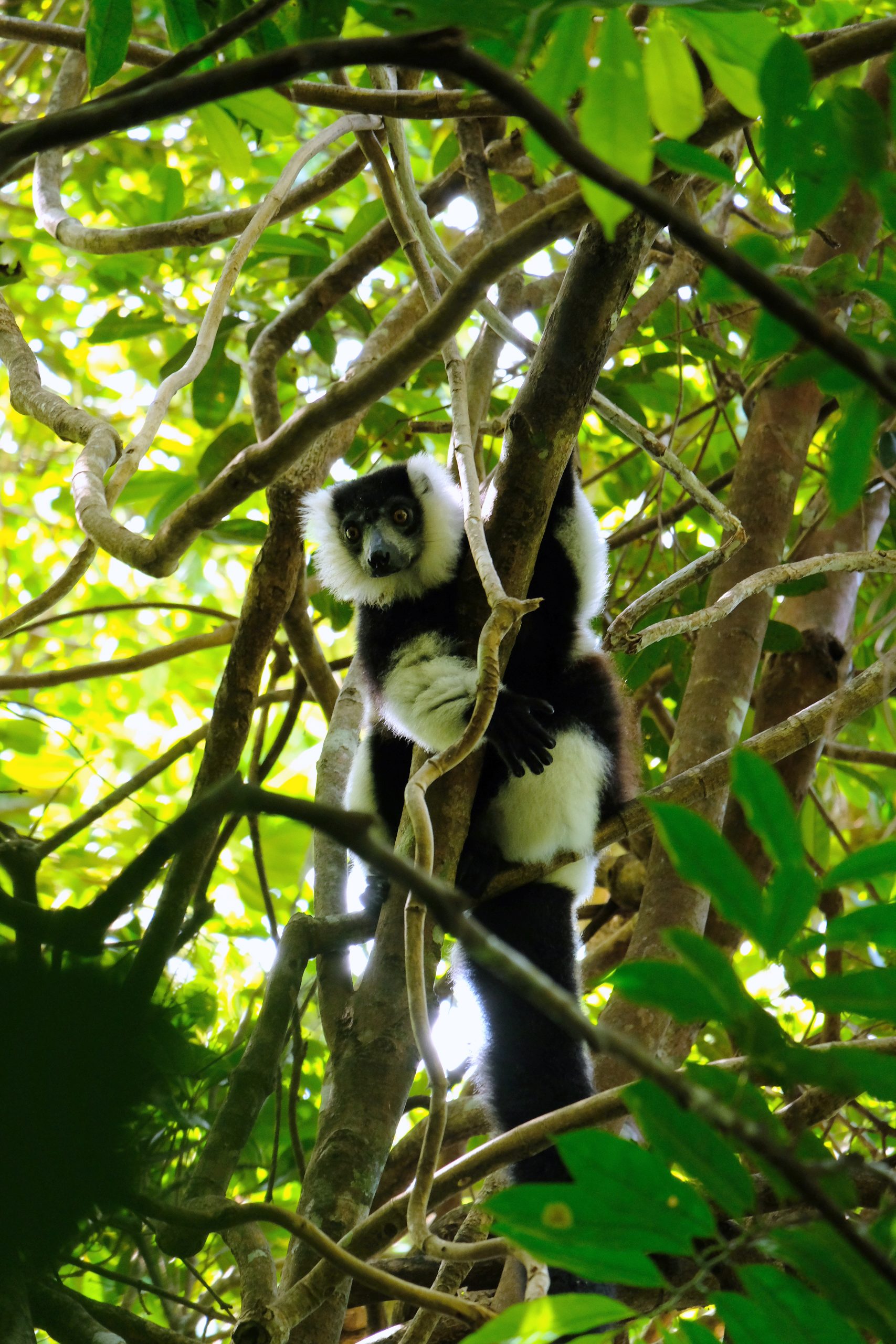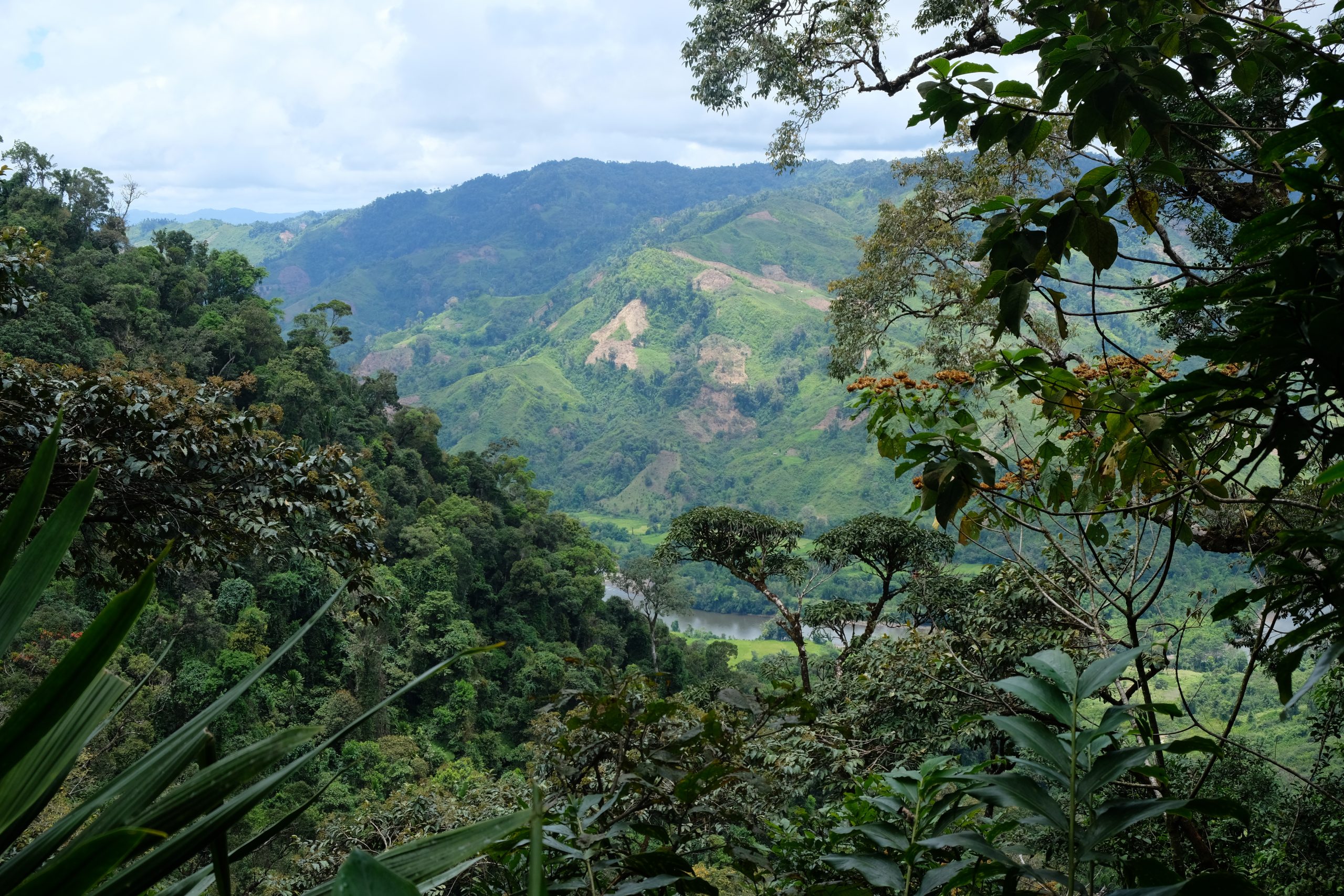 ©Andrew Kirkby/WCS
©Andrew Kirkby/WCS
16,000 hectares of unique biodiverse rainforest and rare lemur habitat being saved/regrown with local community groups

Restoring Makira protects the home of precious endemic wildlife – including very rare lemurs such as the Silky Sifaka

We work with 80 established community resource use groups who protect and restore the forest

Deforestation rates are 25% lower in community management areas run by community associations and 84% lower in Makira park itself








Trillion Trees partner, WCS, has already restored around 1,330 hectares in and around Makira – with 350,000 trees planted in 2020 alone – and our work over recent years has led to 84% less deforestation in the park.
But we need to increase the scope and scale.
We have established community-run tree nurseries at strategic places around the park periphery. In them we produce over 150,000 seedlings of native forest species every year. That’s 150,000 locally grown, native trees for forest restoration.
Deforestation rates are 25% lower in community management areas, run by a network of community associations (Communautés locales de Base, known as COBAs). And 84% lower within Makira park itself.
Trillion Trees partner, WCS, has established community-based forest management, native seed collection and replanting, local community-run tree nurseries and innovative climate finance schemes.
Trillion Trees partner WCS has worked in this part of Madagascar since 1992. WCS has led efforts to reduce deforestation by supporting the creation of two new protected areas – Masoala National Park in 1997 and Makira Natural Park in 2012. We work closely with the Madagascar government to provide technical support for park management. And we work with as many as 80 established local community groups (COBAs) to secure rights and support sustainable land use.
Our restoration work in Makira park focuses on particular forest ‘corridors’ or ‘bridges’. These are vital for forest-dependent species, like the endangered lemurs, to have enough freedom to move. And it ultimately makes the forest more resilient.
As a first step 36 native and lemur-friendly tree species were identified. The seeds of those trees are collected in the park. Then seedlings are grown in community nurseries near the restoration sites. Restoration teams look after newly planted sites for up to five years, to make sure objectives are achieved.
The rapid deforestation in the area has also been tackled by an innovative and successful REDD+ carbon financing scheme. Introduced in 2013 to sell carbon credits, it was the first scheme in Madagascar accredited to the Verified Carbon Standard (VCS). Through carbon revenue, key drivers of biodiversity loss are being addressed.
WCS works in close collaboration with the COBAs that manage the land surrounding Makira Natural Park. We support and encourage them as active partners in protecting the unique species and ecosystems inside the park. To date, more than 70 COBAs have signed contracts with the government of Madagascar to manage the forests.
The COBAs are closely involved with supporting local forest-friendly livelihoods and activities. For instance, running sustainable agroforestry schemes that use the forest in productive and sustainable ways. COBAs also received direct payments from carbon sales. The benefit sharing mechanism ensured 50% of revenue was used for programs directly benefiting local communities.
The island nation of Madagascar is like nowhere else on Earth. Literally.
More than 80% of Madagascar’s plants and animals are unique to the island. And 20% of all of that biodiversity lives in the rainforests of Makira. The Makira Natural Park, in the MaMaBay landscape in north east Madagascar, contains the island’s largest remaining intact humid rainforest. As well as being home for so many rare species – including 17 types of lemur – this forest is vital for the island’s rainfall patterns. This in turn helps provide hydro-electric power to its people. Around 90,000 people live in and around the forest, and depend on the ecological services the forest provides.
Despite its size and importance, Makira is at dire risk from deforestation. Large numbers of trees are slashed and burned in a process known locally as ‘tavy’. It’s a fast but environmentally disastrous way to create more agricultural land. There is also illegal logging for charcoal production.
The task is enormous, but Trillion Trees wants to restore as much of the Makira rainforest as possible.
Lead Partner: WCS